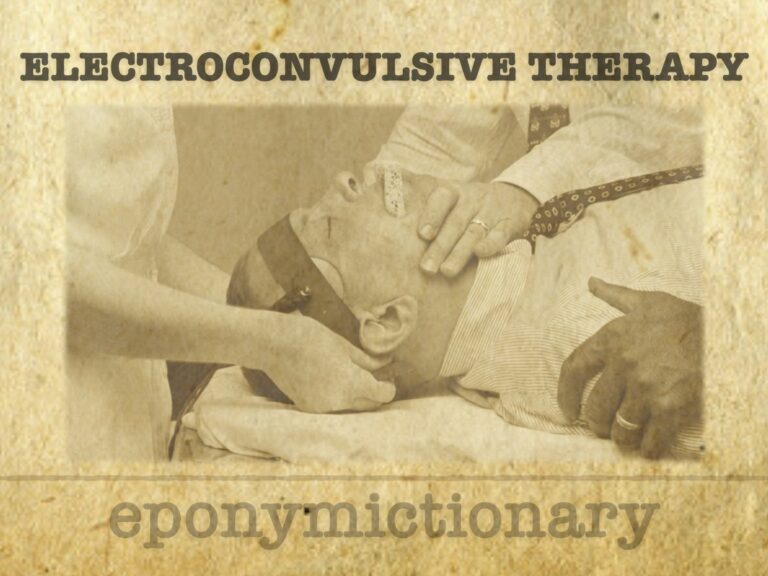
History of Electroconvulsive Therapy (ECT)
Electroconvulsive therapy (ECT): history, pioneers, modern use, efficacy, and controversy, one of psychiatry’s most enduring treatments.

Electroconvulsive therapy (ECT): history, pioneers, modern use, efficacy, and controversy, one of psychiatry’s most enduring treatments.
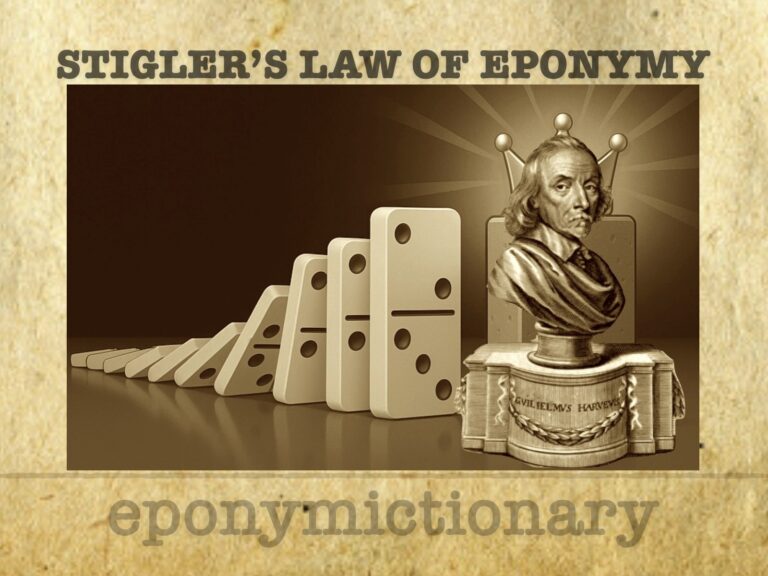
Stigler’s Law of Eponymy: no discovery is named after its true originator. Explore its history, Merton’s roots, and modern scientific misattribution.
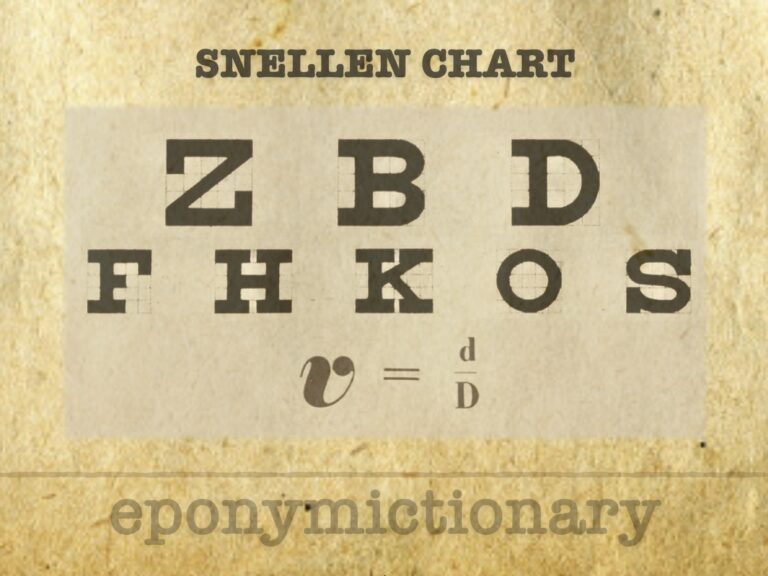
Snellen chart: history of visual acuity testing from Hooke to ETDRS, with key milestones, optotype design, and contributions from Snellen, Donders, Sloan
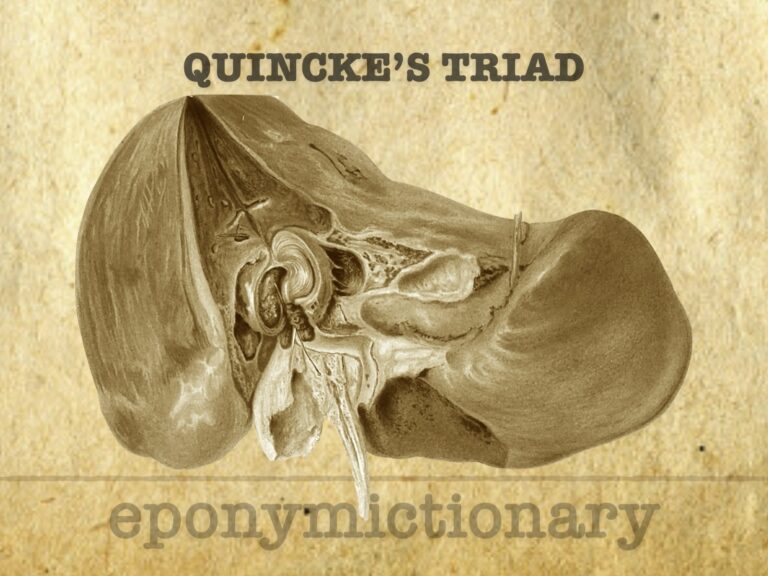
Quincke's Triad describes hemobilia via the triad of GI bleeding, biliary colic, and jaundice; first detailed by Heinrich Quincke in 1871, named retrospectively in 1975

Romberg’s sign: a classic neurological test detecting proprioceptive loss by demonstrating postural instability with eyes closed.
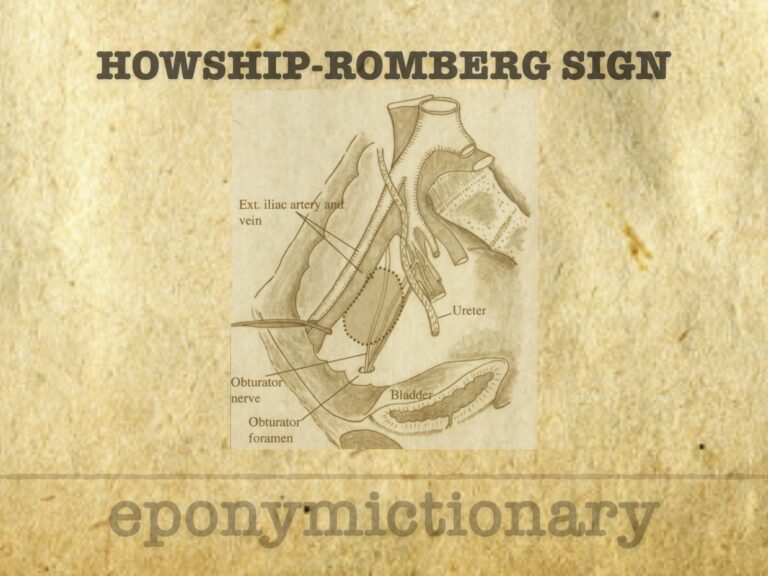
Howship-Romberg sign: pain and paraesthesia along the distribution of the obturator nerve (medial thigh to knee); a clinical indicator of obturator nerve compression, commonly due to an obturator hernia
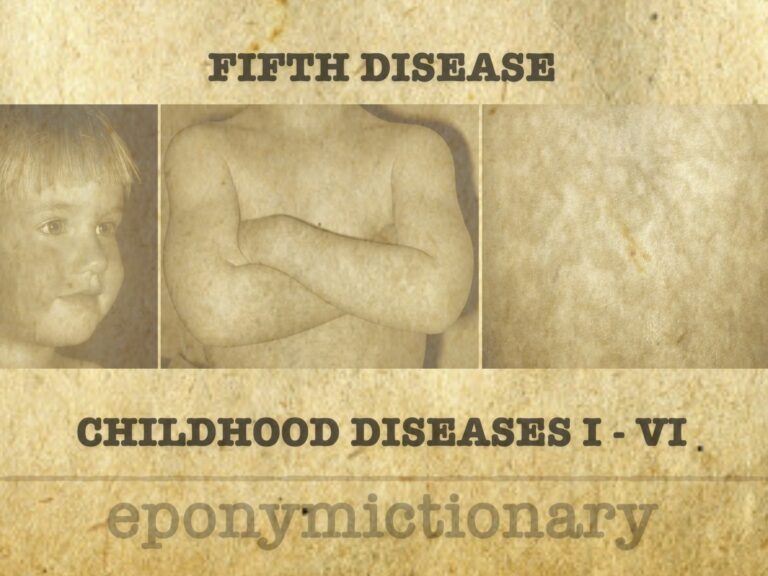
Erythema infectiosum (fifth disease), is a common manifestation of infection in children characterized by low-grade fever, malaise, facial rash, and later by the spread of a lacy maculopapular rash involving the trunk and limbs.

Meigs syndrome: Triad of ascites with hydrothorax in association with benign ovarian tumor, that is cured after tumor resection. Described in 1934 by Joe Vincent Meigs (1892-1963)
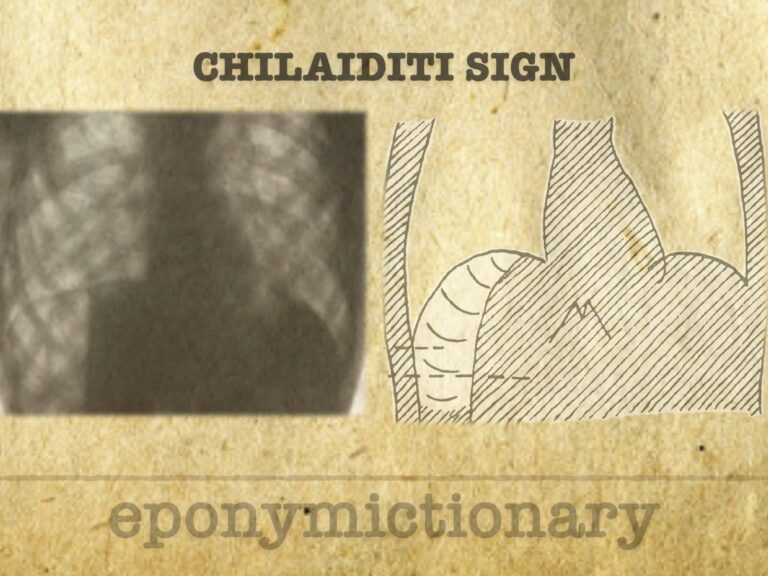
Chilaiditi sign: rare condition with bowel loops interposed between liver and diaphragm, with symptoms (syndrome). Must differentiate from free air.
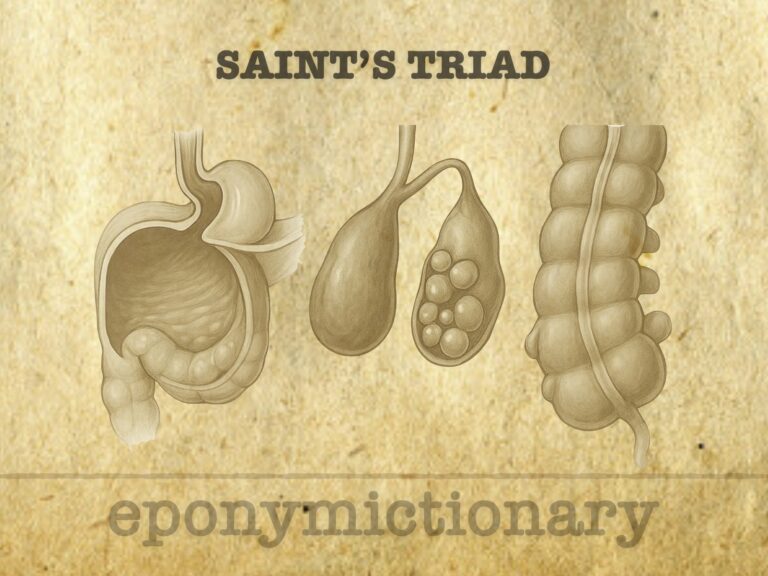
Saint’s Triad: coexistence of hiatal hernia, colonic diverticulosis, and gallstones—now linked to connective tissue disorders like herniosis.
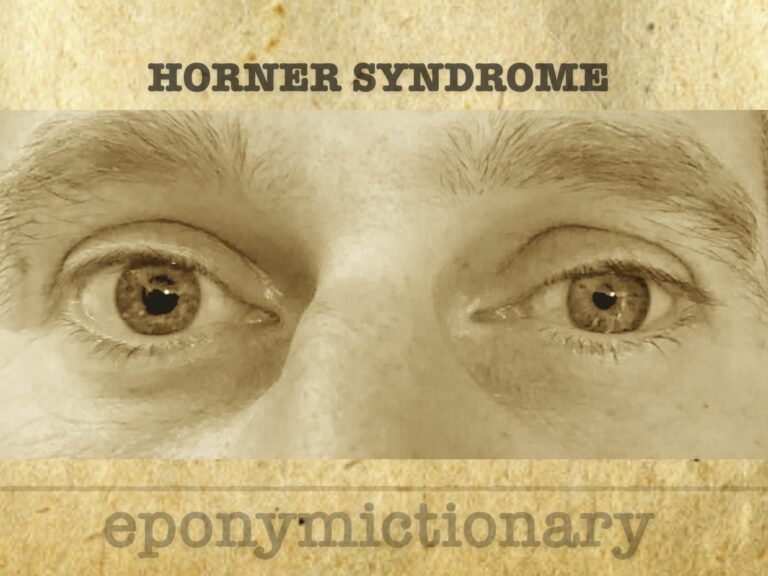
Horner syndrome is associated with an interruption to the sympathetic nerve supply of the eye. It is characterized by the classic triad of miosis, partial ptosis, and anhidrosis +/- enophthalmos
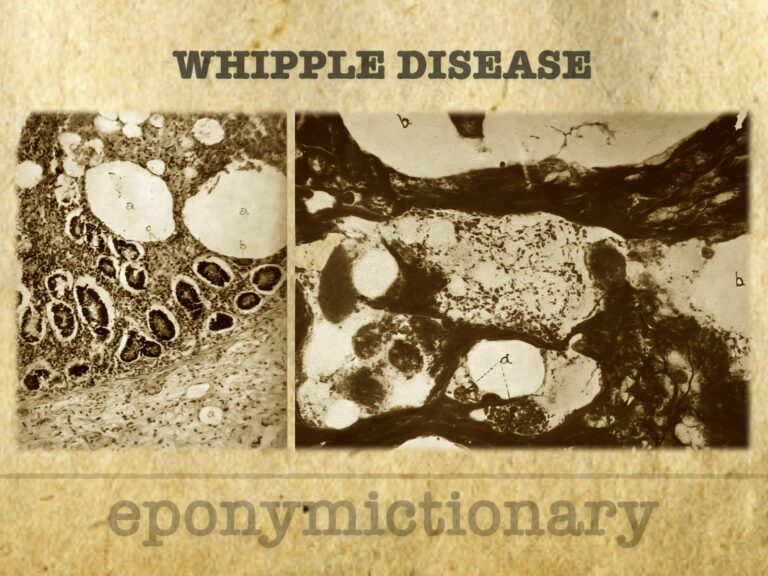
Whipple disease: rare systemic infection by Tropheryma whipplei. Explore its history, diagnosis, and treatment from 1907 discovery to present day